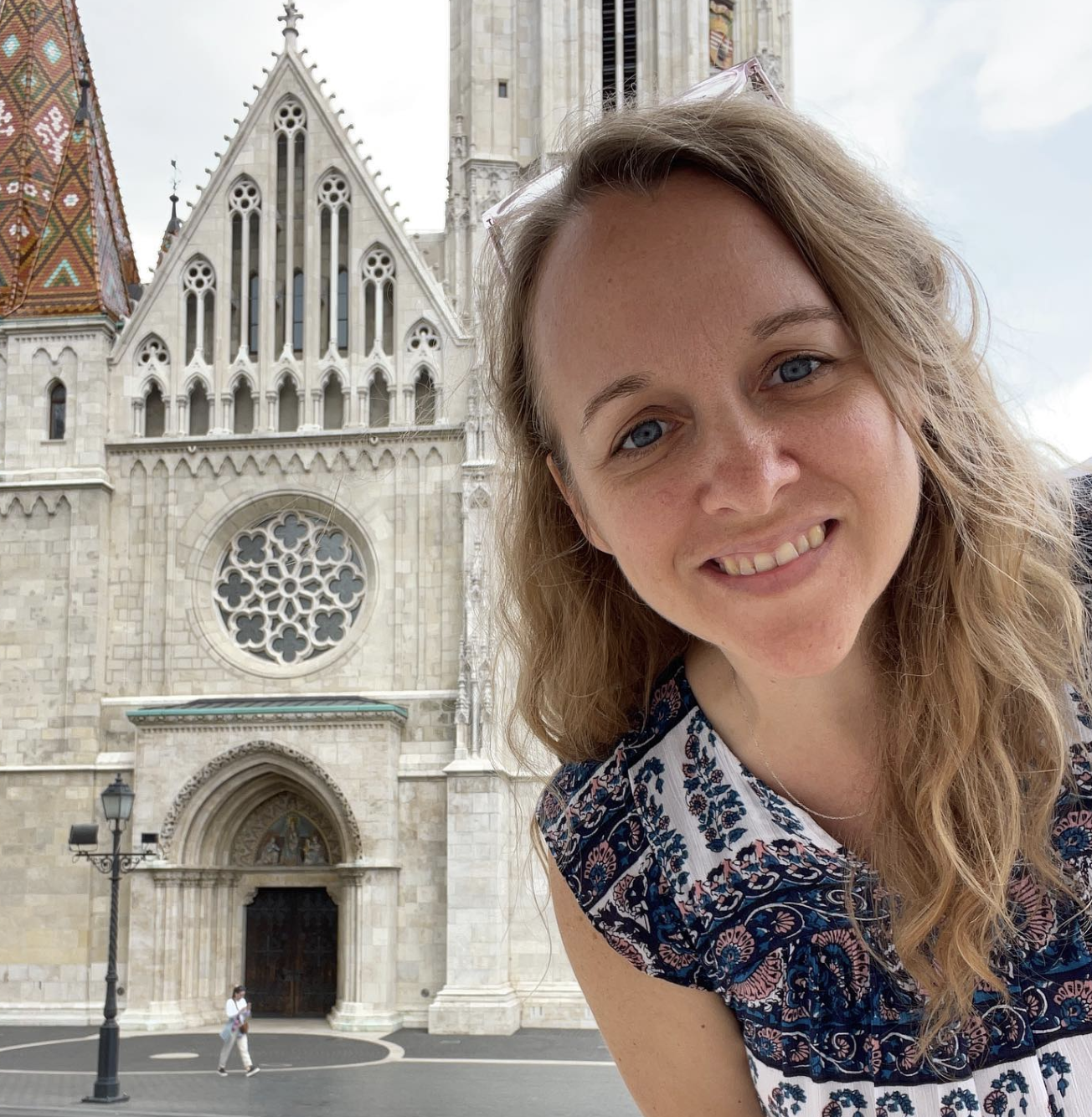Application of CPS technologies deployed in military contexts.
Special Session on Ensuring Safety in Industrial Critical Systems (ESICS)
 Submitted by Amy Karns on April 4th, 2013
Submitted by Amy Karns on April 4th, 2013
Event
CPSNA 2013
The 1st IEEE International Conference on Cyber-Physical Systems, Networks, and Applications
Overview
 Submitted by Amy Karns on April 4th, 2013
Submitted by Amy Karns on April 4th, 2013
The 12th International Workshop on Real-Time Networks
July 9th, 2013, Paris, France
In conjunction with the 25th Euromicro Conference on Real-Time Systems (ECRTS)
 Submitted by Amy Karns on April 4th, 2013
Submitted by Amy Karns on April 4th, 2013
Event
Resilience Week 2013
Symposia dedicated to promising research in resilient systems that will protect cyber-physical infrastructures from unexpected and malicious threats--securing our way of life.
 Submitted by Craig Rieger on September 18th, 2012
Submitted by Craig Rieger on September 18th, 2012
Workshop on Open Resilient human-aware Cyber-physical Systems (WORCS-2012)
http://conf.laas.fr/WORCS12
CALL FOR CONTRIBUTIONS
Monday June 25, 2012 , Boston, USA
In conjunction with the 42nd Annual IEEE/IFIP Int. Conf. on
Dependable Systems and Networks (www.dsn.org)
IMPORTANT DATES
Submitted by Mohamed Kaaniche on April 16th, 2012
The goal of this two-day, single-track event is to expose researchers to control and modeling challenges in cyber-physical systems (CPS) with the aim of exchanging knowledge and fostering collaborations between academia, industry, and government agencies. The proposed symposium will cover several applications of cyber-physical systems such as networked systems of unmanned vehicles, power grids, green buildings, transportation systems and health-care systems via invited talks, poster presentations and a panel discussion.
Submitted by Quanyan Zhu on April 16th, 2012
NSF Industry Round-Table on Cyber-Physical Systems, May 17, 2007, Arlington, VA.
Submitted by Anonymous on April 16th, 2012
Synopsis:
 Submitted by Katie Dey on February 28th, 2012
Submitted by Katie Dey on February 28th, 2012
Submitted by Jim BRAZELL on January 25th, 2012
The CrAVES project seeks to lay down intellectual foundations for credible autocoding of embedded systems, by which graphical control system specifications that satisfy given open-loop and closed-loop properties are automatically transformed into source code guaranteed to satisfy the same properties. The goal is that the correctness of these codes can be easily and independently verified by dedicated proof checking systems. During the autocoding process, the properties of control system specifications are transformed into proven assertions explicitly written in the resulting source code. Thus CrAVES aims at transforming the extensive safety and reliability analyses conducted by control system engineers, such as those based on Lyapunov theory, into rigorous, embedded analyses of the corresponding software implementations. CrAVES comes as a useful complement to current static software analysis methods, which it leverages to develop independent verification systems.
Computers and computer programs used to manage documents and spreadsheets. They now also interact with physical artifacts (airplanes, power plants, automobile brakes and robotic surgeons), to create Cyber-Physical Systems. Software means complexity and bugs - bugs which can cause real tragedy, far beyond the frozen screens we associate with system crashes on our current PCs. Software autocoding is becoming the de facto recommended practice for many safety-critical applications. CrAVES aims to evolve this towards higher standards of quality and reduced design times and costs. Rigorous, mathematical arguments supporting safety-critical functionalities are the cornerstone of CrAVES. Collaborative programs involving high-school teachers will encourage the transmission of this message to STEM education in high-schools through university programs designed for that purpose.
Off
Carnegie Mellon University
-
National Science Foundation
Venet, Arnaud
Submitted by Temesghen Kahsai Azene on December 6th, 2011